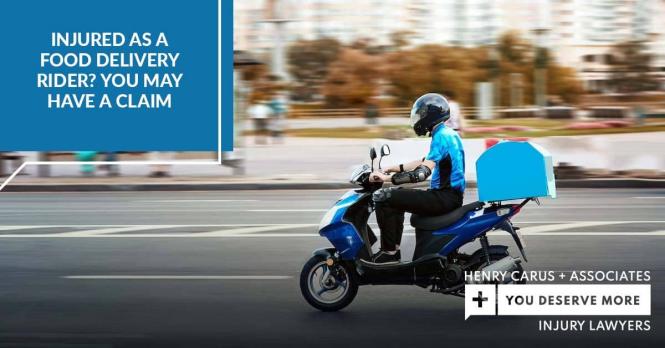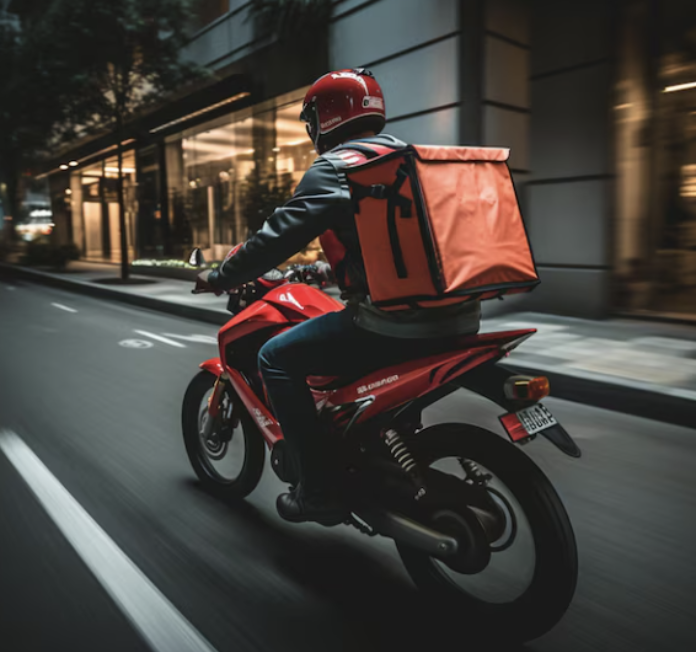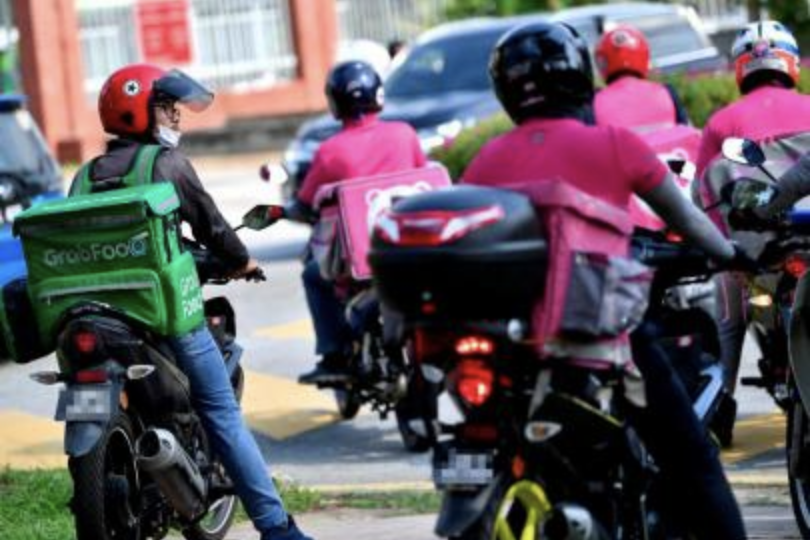
2025 has seen food delivery remain a cornerstone of urban life in Europe and America, with riders relying on bikes, e-scooters, and small electric vehicles to fulfill millions of daily orders. Yet, this fast-paced gig comes with unrelenting risks: a collision with a car during a rain-soaked rush hour, a stolen e-bike loaded with prepaid meals, or a spilled order that leaves riders liable to refund customers. Traditional insurance falls short here—personal bike or auto policies often exclude work-related incidents, and annual commercial plans are too costly for riders with flexible, part-time schedules. Food Delivery Rider Insurance with Per-Trip Coverage has emerged as a 2025 game-changer, offering targeted protection that aligns with the on-demand nature of the job.
This specialized insurance operates on a simple, rider-friendly model: coverage activates only when a trip is accepted and ends once the order is delivered, with premiums calculated per journey (typically between one euro and three euros in Europe, or one dollar and four dollars in the United States). It bundles three critical protections. First, accident and medical coverage pays for emergency care, hospital stays, and rehabilitation if a rider is injured on the job. Unlike basic health insurance, which may deny work-related claims, this policy covers ambulance fees (up to five hundred euros in Europe, seven hundred dollars in the U.S.) and treatment costs for injuries like broken bones or road rash. For example, a rider in Barcelona hit by a scooter while delivering pasta could recoup one thousand two hundred euros for surgery, while a Chicago rider with a sprained wrist from a bike fall might receive eight hundred dollars for physical therapy.

Second, vehicle and cargo protection safeguards the tools of the trade. It covers theft or damage to e-bikes, scooters, or delivery bags, and reimburses riders for spilled, damaged, or stolen orders (a common risk when navigating crowded streets). A London rider whose e-bike is stolen mid-delivery could get one thousand five hundred euros to replace it, while a Toronto rider who spills a hundred-dollar sushi order might receive ninety dollars to refund the customer. Many policies also include roadside assistance—like free bike towing if a tire bursts—keeping riders from losing income due to unexpected breakdowns.
Third, third-party liability coverage shields riders from financial ruin if they harm others or damage property. If a rider accidentally hits a pedestrian, scratches a car, or knocks over a street vendor’s cart, the policy covers legal fees and compensation. 2025 data from the European Food Delivery Association shows liability claims average one thousand euros in Europe and one thousand five hundred dollars in the U.S., with some cases exceeding five thousand euros or seven thousand dollars for serious injuries. This coverage is non-negotiable in busy cities, where even a minor mishap can lead to costly lawsuits.
The market has adapted quickly to rider needs, with major delivery platforms partnering with insurers to integrate coverage into their apps. In Europe, Deliveroo now offers “TripShield” directly in its driver app—riders opt in with one tap, and premiums are deducted from their earnings post-delivery. Allianz also provides standalone per-trip policies that work across platforms like Uber Eats and Just Eat. In the United States, Uber Eats’ “Rider Protect” plan includes per-trip coverage with instant claims (processed via AI in under thirty minutes), while Markel’s “GigGuard” adds coverage for lost wages if a rider is injured and unable to work for up to two weeks.
When choosing a policy, riders should prioritize three factors. Coverage duration: Ensure protection starts when the trip is accepted (not just when the rider departs) to avoid gaps. Premium transparency: Look for plans with no hidden fees—some budget options charge extra for medical coverage. Claim speed: Opt for insurers with app-based claims and same-day reimbursements, as riders can’t afford to wait weeks for funds. It’s also wise to check if the policy covers all vehicle types (e-bikes, scooters, small EVs) and works in all cities where the rider delivers.

For food delivery riders in Europe and America, per-trip insurance isn’t just a safety net—it’s a lifeline. In a gig economy where flexibility is key, it eliminates the burden of expensive annual policies while ensuring riders aren’t left vulnerable to accidents or theft. No longer do they have to choose between earning a living and protecting their health or finances. In 2025, this insurance isn’t just innovative—it’s essential for the millions of riders keeping cities fed.



